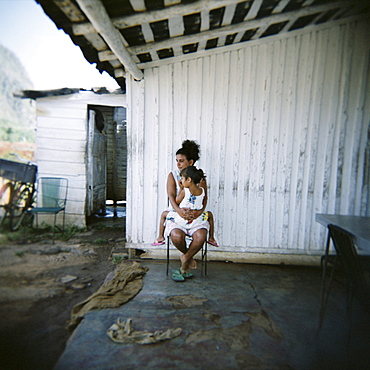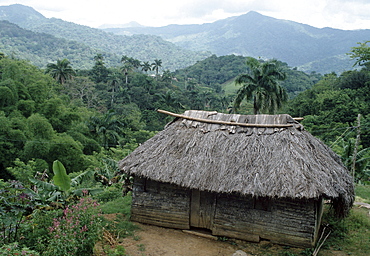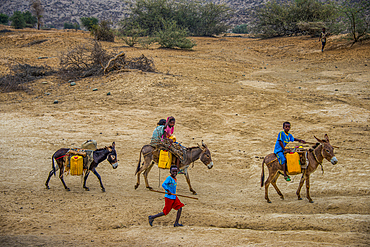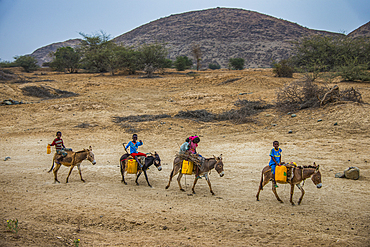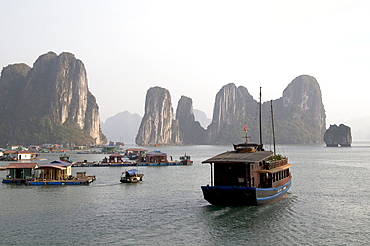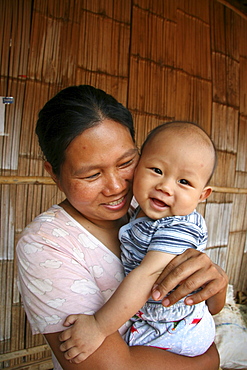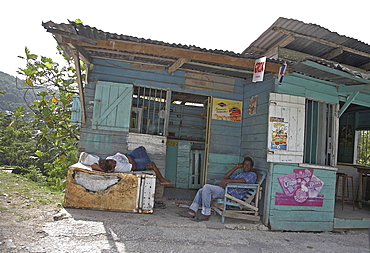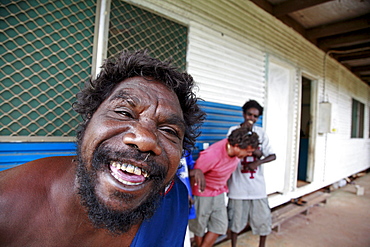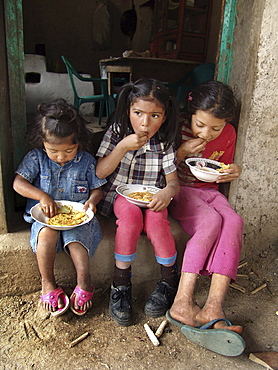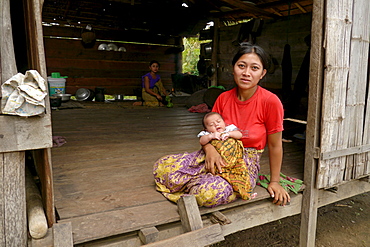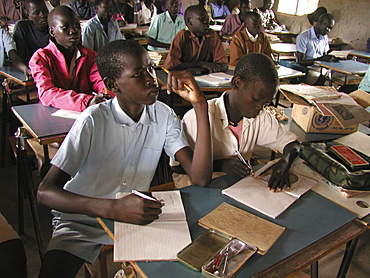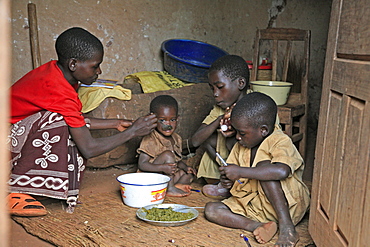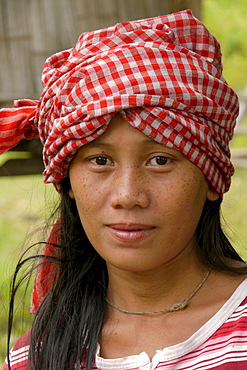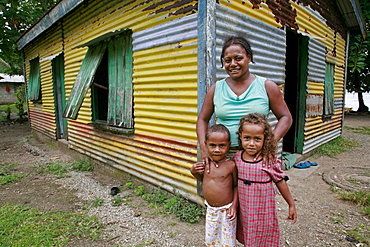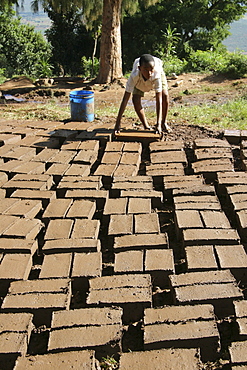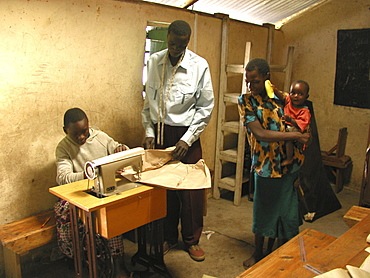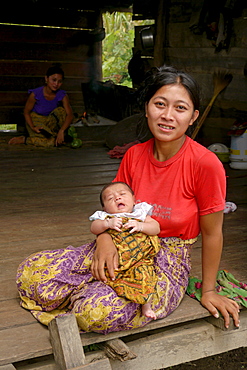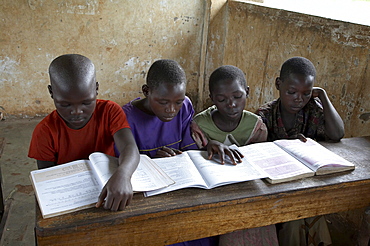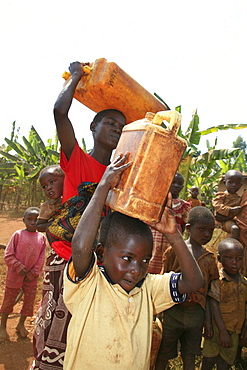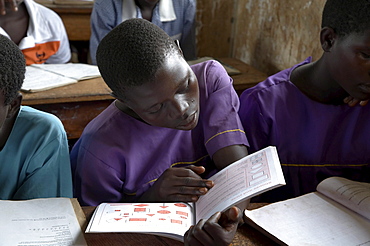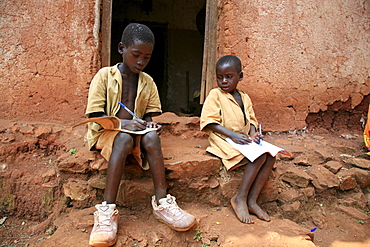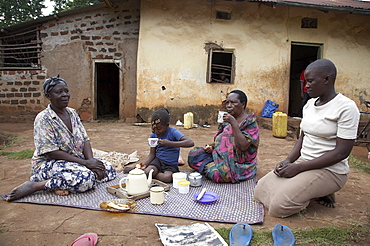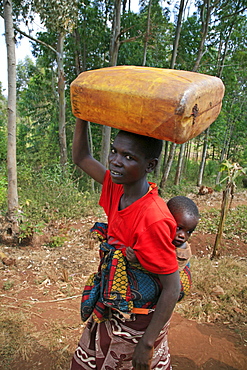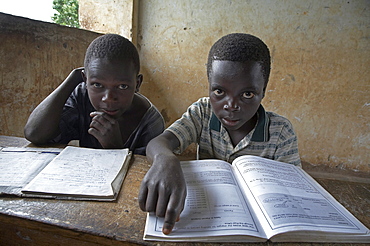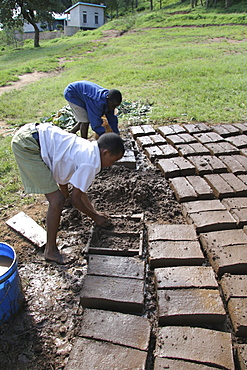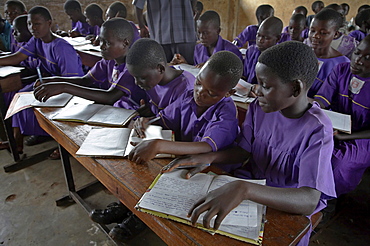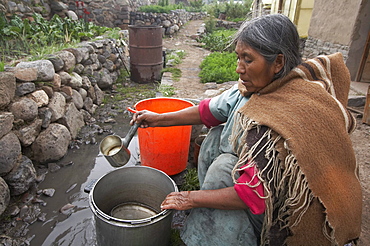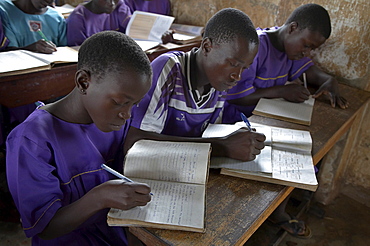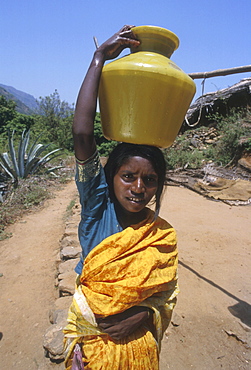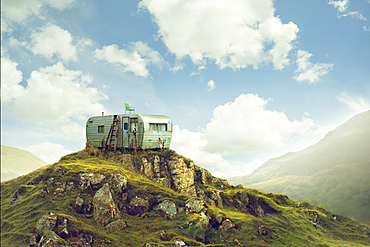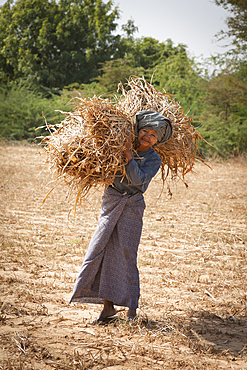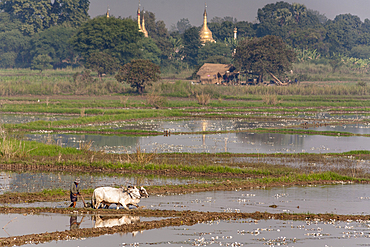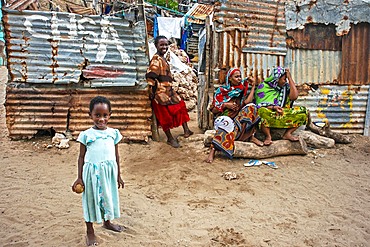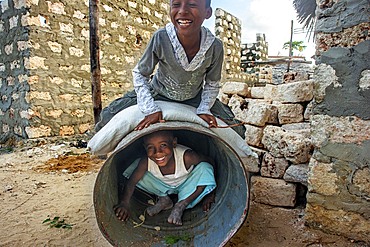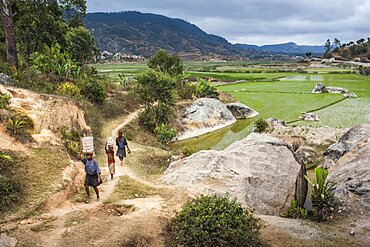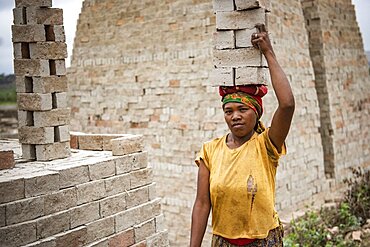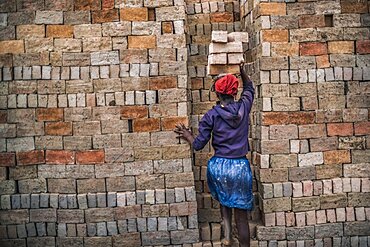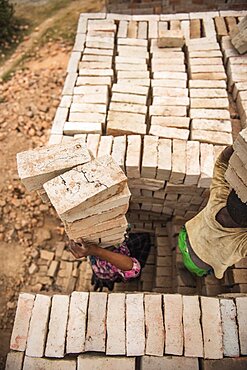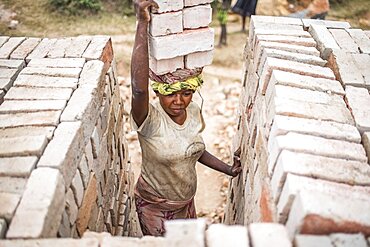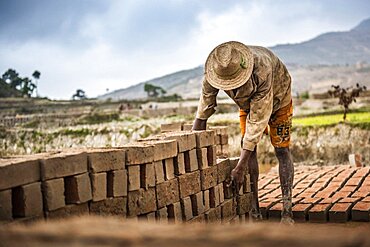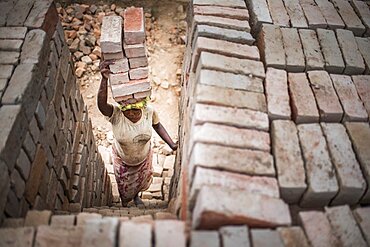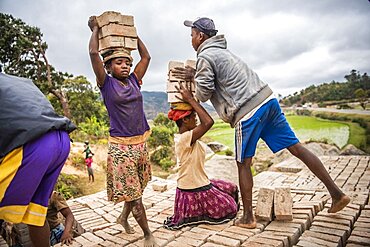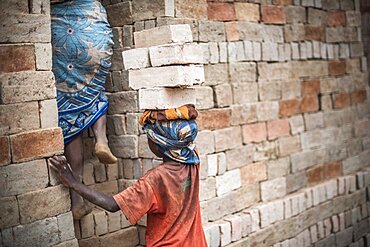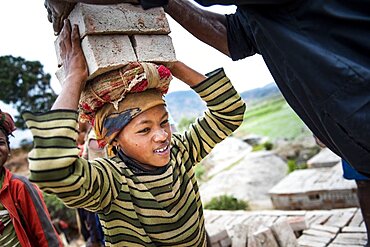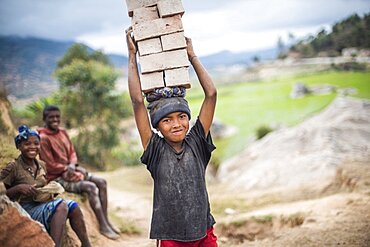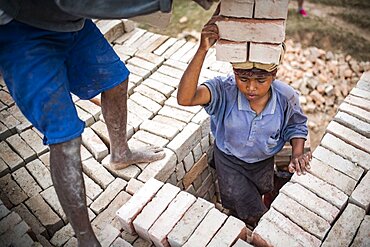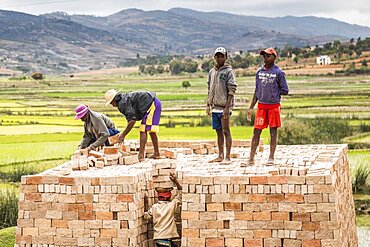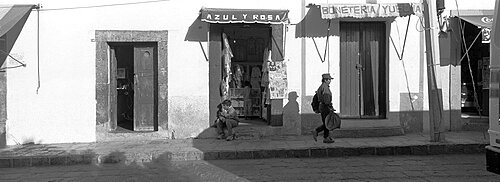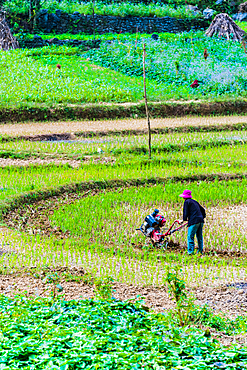Results
8 results found
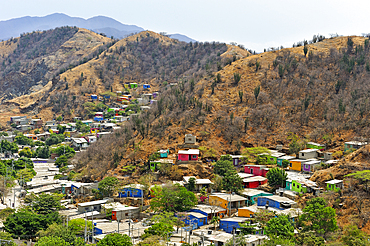
Colorful houses in a poor area on the hillside around Santa Marta, department of Magdalena, Caribbean Region, Colombia, South America
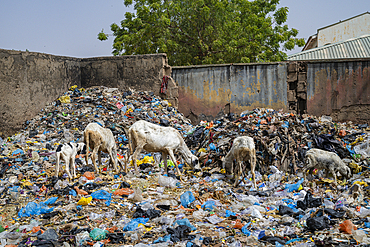
Extremely dirty waste area in the Fadar Daurama Emir's palace, Daura Emirate, Katsina state, Nigeria
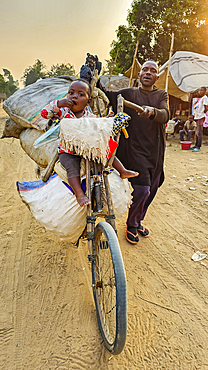
Man with a loaded bicycle on the very bad road between Tshikapa and Kananga, Kasai, Democratic Republic of Congo, Africa
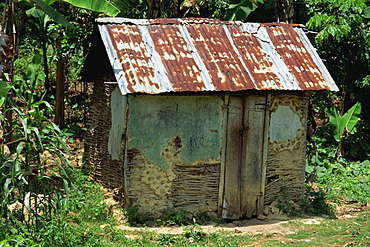
Typical rural shack of plaster, wattle, and daub construction, Milot, Haiti, West Indies, Caribbean, Central America
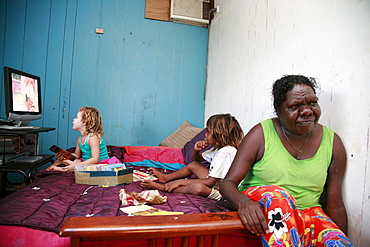
Australia. Children watching tv in aborigine community of , or beswick, arnemland, northern territory. 2007
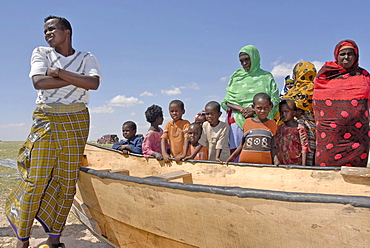
Hardest hit was a 650 kilometers stretch of the somali coastline between garacad (mudung region) and xaafuun (bari region), which forms part of the puntland province near the horn of africa. The tsunami resulted in the death of some 300 people and extensive destruction of shelters, houses and water sources as well as fishing gear. The livelihoods of many people residing in towns and small villages along the somali indian ocean coastline, particularly in the northern regions, were devastated

Hardest hit was a 650 kilometers stretch of the somali coastline between garacad (mudung region) and xaafuun (bari region), which forms part of the puntland province near the horn of africa. The tsunami resulted in the death of some 300 people and extensive destruction of shelters, houses and water sources as well as fishing gear. The livelihoods of many people residing in towns and small villages along the somali indian ocean coastline, particularly in the northern regions, were devastated
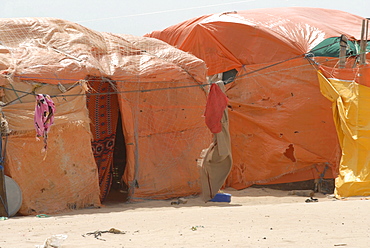
Hardest hit was a 650 kilometers stretch of the somali coastline between garacad (mudung region) and xaafuun (bari region), which forms part of the puntland province near the horn of africa. The tsunami resulted in the death of some 300 people and extensive destruction of shelters, houses and water sources as well as fishing gear. The livelihoods of many people residing in towns and small villages along the somali indian ocean coastline, particularly in the northern regions, were devastated

Hardest hit was a 650 kilometers stretch of the somali coastline between garacad (mudung region) and xaafuun (bari region), which forms part of the puntland province near the horn of africa. The tsunami resulted in the death of some 300 people and extensive destruction of shelters, houses and water sources as well as fishing gear. The livelihoods of many people residing in towns and small villages along the somali indian ocean coastline, particularly in the northern regions, were devastated
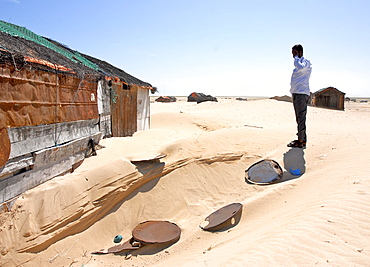
Hardest hit was a 650 kilometers stretch of the somali coastline between garacad (mudung region) and xaafuun (bari region), which forms part of the puntland province near the horn of africa. The tsunami resulted in the death of some 300 people and extensive destruction of shelters, houses and water sources as well as fishing gear. The livelihoods of many people residing in towns and small villages along the somali indian ocean coastline, particularly in the northern regions, were devastated
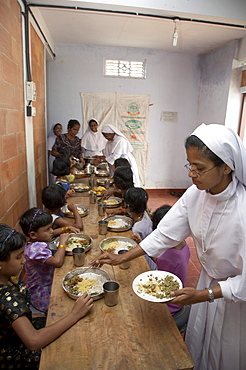
India. Sister bincy joseph aruviyil serving, during mealtime at the mary matha bala bhavan, a girls orphanage run by syro-malabar catholic missionary sisters of mary immaculate (msmi), chamal village, thamarassery diocese, khozikode, kerala. 2007
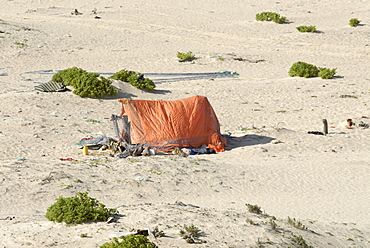
Hardest hit was a 650 kilometers stretch of the somali coastline between garacad (mudung region) and xaafuun (bari region), which forms part of the puntland province near the horn of africa. The tsunami resulted in the death of some 300 people and extensive destruction of shelters, houses and water sources as well as fishing gear. The livelihoods of many people residing in towns and small villages along the somali indian ocean coastline, particularly in the northern regions, were devastated
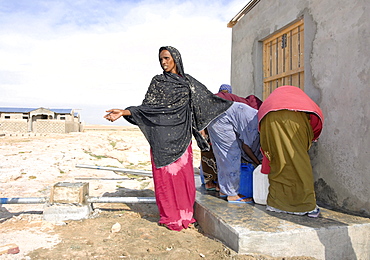
Hardest hit was a 650 kilometers stretch of the somali coastline between garacad (mudung region) and xaafuun (bari region), which forms part of the puntland province near the horn of africa. The tsunami resulted in the death of some 300 people and extensive destruction of shelters, houses and water sources as well as fishing gear. The livelihoods of many people residing in towns and small villages along the somali indian ocean coastline, particularly in the northern regions, were devastated

Hardest hit was a 650 kilometers stretch of the somali coastline between garacad (mudung region) and xaafuun (bari region), which forms part of the puntland province near the horn of africa. The tsunami resulted in the death of some 300 people and extensive destruction of shelters, houses and water sources as well as fishing gear. The livelihoods of many people residing in towns and small villages along the somali indian ocean coastline, particularly in the northern regions, were devastated
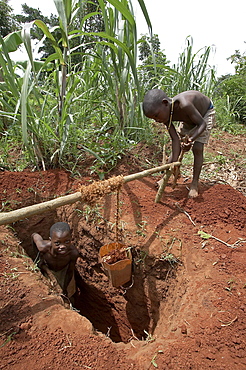
Uganda boys digging a pit latrine, and hauling up the dirt with a winch and small bucket. kayunga district
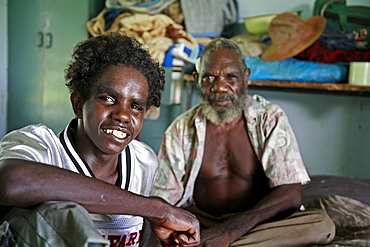
Australia. Young aborigine man visiting his elders. Aborigine community of , or beswick, arnemland, northern territory. 2007
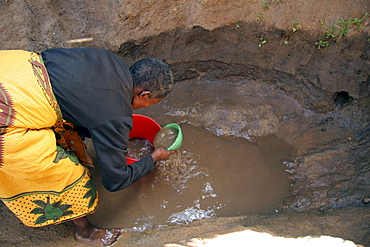
Tanzanian woman collecting unsafe and dirty drinking water from a water hole at kansay, near ngorongoro. She will carry the bucket of water 3 miles each way to and from her home. She and her family suffer from parasites and intestinal complaints because of the contaminated water

Tanzanian women collecting unsafe and dirty drinking water from a water hole at kansay, near ngorongoro. They will carry the bucket of water upto 3 miles each way to and from their homes.They And their families suffer from parasites and intestinal complaints because of the contaminated water

Hardest hit was a 650 kilometers stretch of the somali coastline between garacad (mudung region) and xaafuun (bari region), which forms part of the puntland province near the horn of africa. The tsunami resulted in the death of some 300 people and extensive destruction of shelters, houses and water sources as well as fishing gear. The livelihoods of many people residing in towns and small villages along the somali indian ocean coastline, particularly in the northern regions, were devastated

Hardest hit was a 650 kilometers stretch of the somali coastline between garacad (mudung region) and xaafuun (bari region), which forms part of the puntland province near the horn of africa. The tsunami resulted in the death of some 300 people and extensive destruction of shelters, houses and water sources as well as fishing gear. The livelihoods of many people residing in towns and small villages along the somali indian ocean coastline, particularly in the northern regions, were devastated
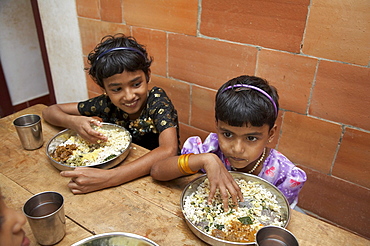
India. Mealtime at the mary matha bala bhavan, a girls orphanage run by syro-malabar catholic missionary sisters of mary immaculate (msmi), chamal village, thamarassery diocese, khozikode, kerala. 2007
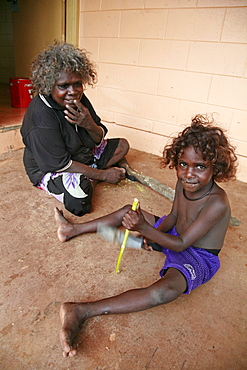
Australia. Young girl at home with mother, aborigine community of , or beswick, arnemland, northern territory. 2007
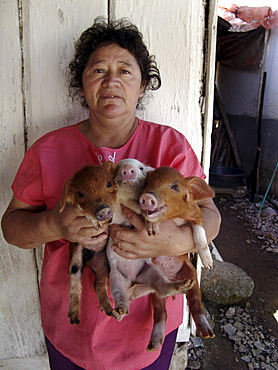
Honduras woman with piglets. These were provided by a project to raise nutrition levels in the rural areas. Marcala
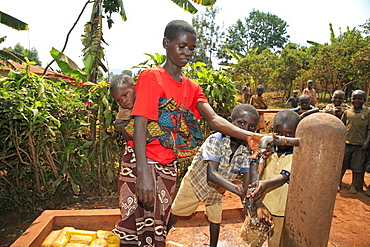
Burundi woman and her sons collecting water from a public stand pipe which is situated 300 metres from her house. Gitera.
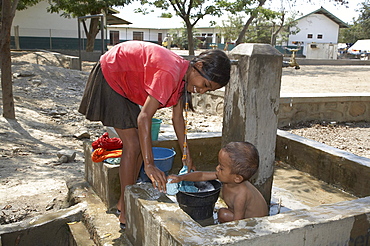
East timor. Camp for internally displaced people (idps) at the don bosco center in dili. Girl collecting water and washing baby at faucet

Indonesia mohammed sofyan yusuf, a garbage recycler and crs new house beneficiary, sorting recycables, monikeun, a suburb of banda aceh, aceh, two years after the tsunami
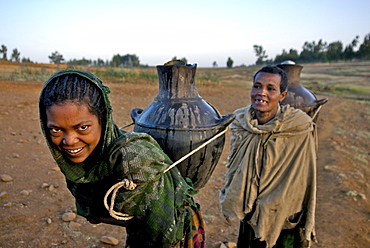
Women fetching water early in the morning. The wells in this area are empty during the dry season,forcing women to walk very long distance to fetch water in the nearest river bed. Ethiopia
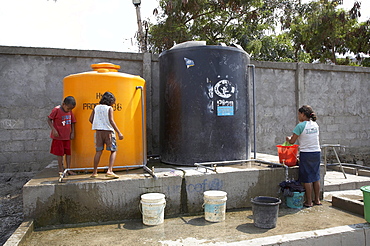
East timor. Camp for internally displaced people (idps) at the don bosco center in dili. Water tanks

Indonesia mohammed sofyan yusuf, a garbage recycler and crs new house beneficiary, sorting recycables, monikeun, a suburb of banda aceh, aceh, two years after the tsunami
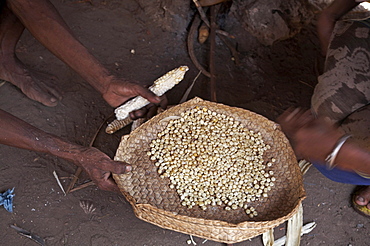
East timor family of armanda suni and sebastian anin and children preparing meal of corn and vegetables, aosera village, oecussi-ambeno
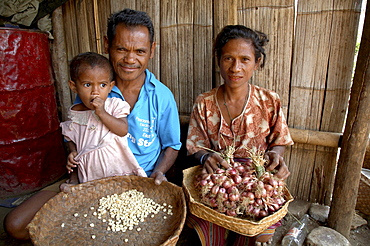
East timor. Husband and wife with maize seeds and onions which they will plant next year, oecussi-ambeno
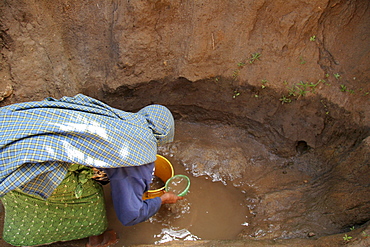
Tanzanian woman collecting unsafe and dirty drinking water from a water hole at kansay, near ngorongoro. She will carry the bucket of water 3 miles each way to and from her home. She and her family suffer from parasites and intestinal complaints because of the contaminated water
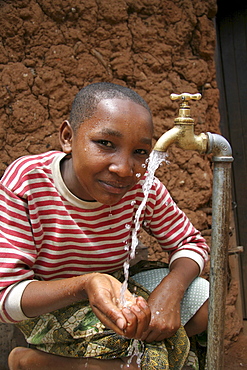
Tanzanian girl taking pleasure at the abundant supply of fresh, safe drinking water which now runs to her house thanks to a development project of caritas tanzania, funded by caritas australia. Mvango village, same, in the north-east near kilimanjaro
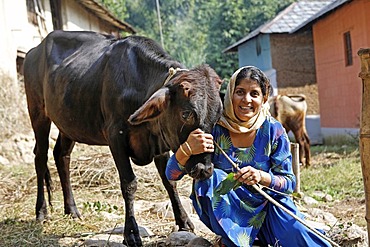
Indo-German-Changar-Eco-Development-Project, Annu Methe showing her cow in Gadjara, Palampur, Himachal Pradesh, India
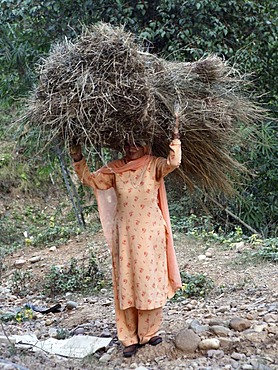
Indo-German-Changar-Eco-Development-Project, Sawjo is taking hay to her animals, Nahalna, Palampur, Himachal Pradesh, India
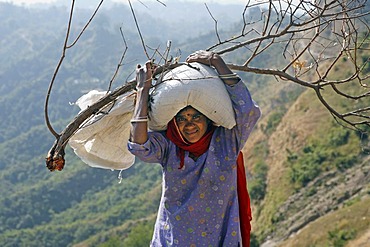
Indo-German-Changar-Eco-Development-Project, Ms Jalang with firewood and rice on the project area, Palampur, Himachal Pradesh, India

Indo-German-Changar-Eco-Development-Project, Gardiara at her house near Dhandol, Palampur, Himachal Pradesh, India
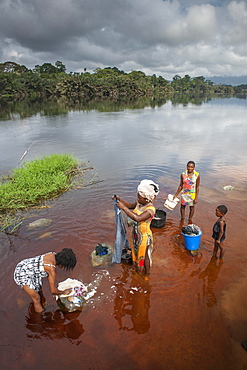
Women washing clothes in the river Ntem, in the rainforest, Campo, Southern Region, Cameroon, Africa
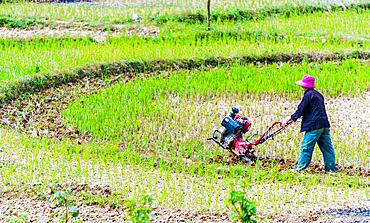
Self-sufficient labor-intensive farming in Ha Giang province, Vietnam.Traditional sustainable agriculture
